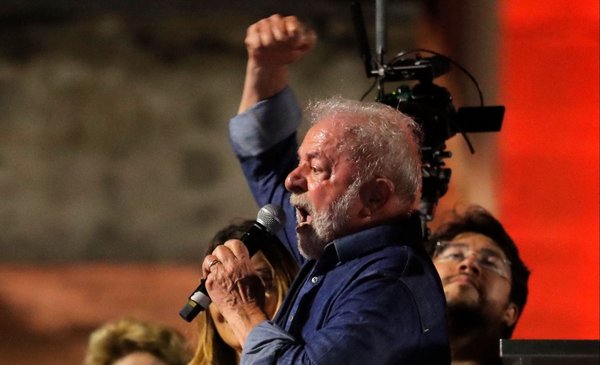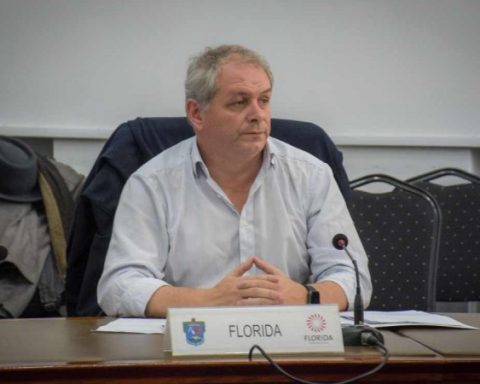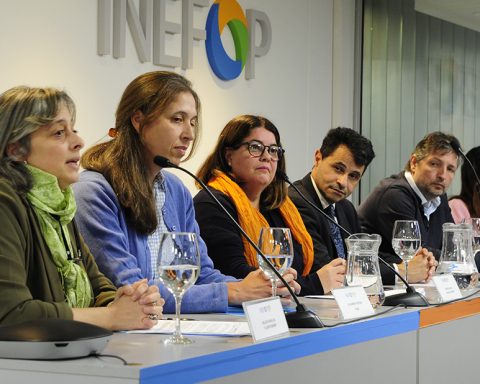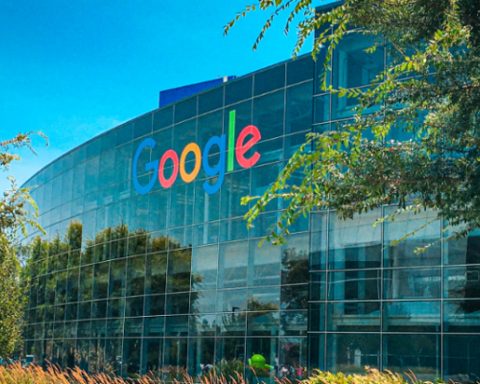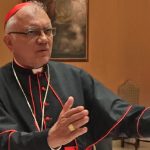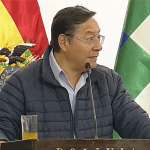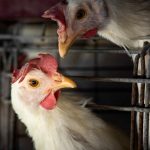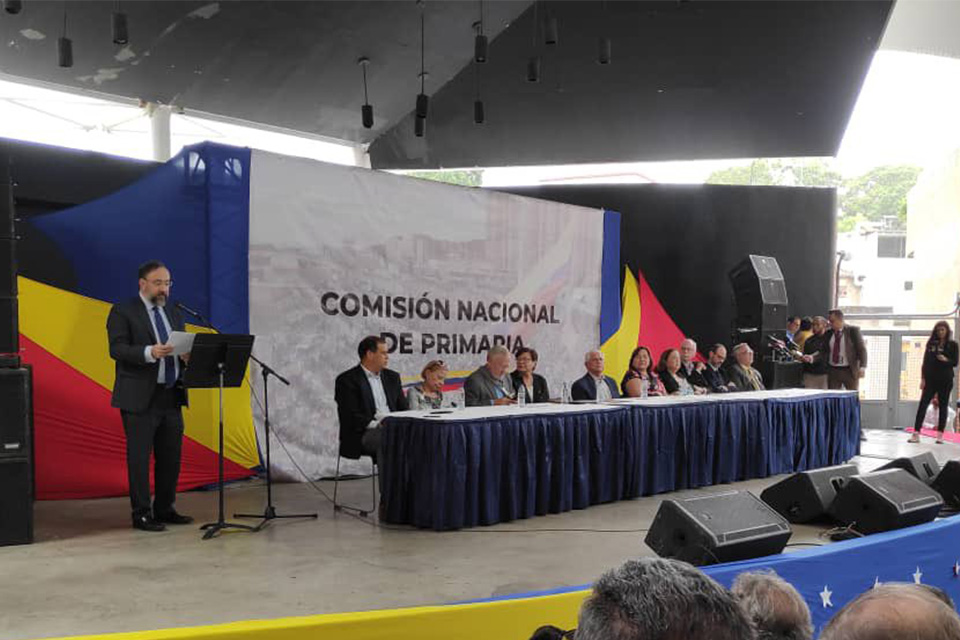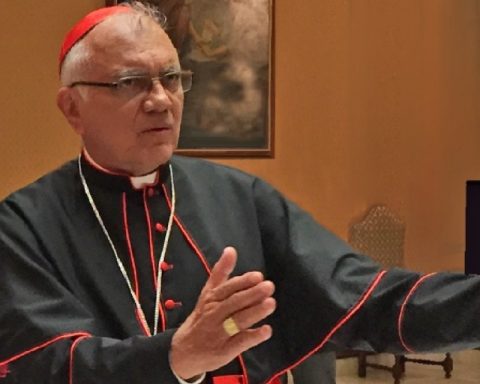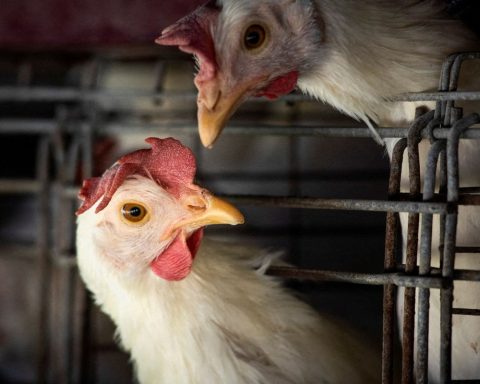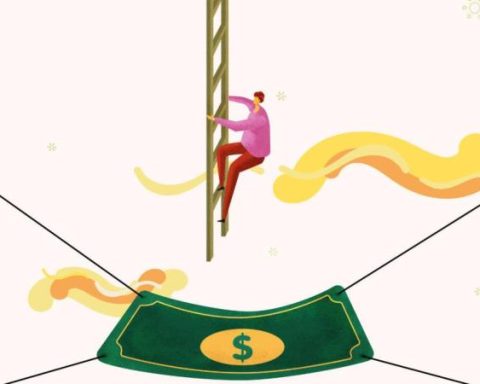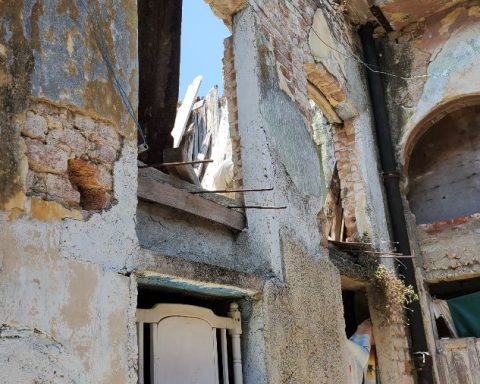elections in brazil led to a change of government, “but that does not necessarily imply that it leads to a change of course, at least in the management of the macroeconomy,” said the latest Observatory of the Economic Situation of the Catholic University (Ucudal).
The report realizes that in the last days two contradictory news were known. On the one hand, the president-elect Lula da Silva confirmed in his position the president of the Central Bank, Roberto Campos Netowhich was seen as a sign of continuity, especially when it comes to an institution with a well-earned high reputation in Brazil.
And on the other hand, the president-elect made statements contrary to fiscal conductwhich quickly found a clear response in the markets, which made plummet the real. “Both reactions must have made the president-elect reflect on the path he will have to take,” says the report carried out by economist Javier de Haedo.
The main numbers
The most relevant indicators of the northern economy show that the GDP advance indicator (the IBC Br) showed seasonally adjusted growth of 1.4% between the second and third quarters. In this way, it completed four consecutive quarters of growth in which it accumulated a rate of 4.2%.
In the case of inflation, this indicator was 6.46% in the year ended October, after last April it climbed to 12%. This advance was helped by reductions in fuel taxes that were transferred to their prices. “In any case, no one doubts about the contribution of monetary policy, after the increase in the Selic rate to 13.75%,” says the report.
And on the fiscal front, there is a considerable adjustment in the primary result, today positive at 1.9% of GDP versus the deficit registered in 2020, of 9.4% of GDP. In that period, the gross debt of the general government fell by 11.5 points of GDP.
perspectives
In 2022 the Brazilian economy would grow around 2.8% and in 2023 it would slow down to 0.7%. In the case of inflation, it would close 2022 at 5.8% and would continue to fall, more moderately, to 4.9% next year.
The dollar would close both years at BR$5.20. And the Selic rate, for monetary policy, which would have already reached its ceiling, would only yield up to 11.25% in 2023, highlights the report that takes into account the results of the Focus expectations survey.
